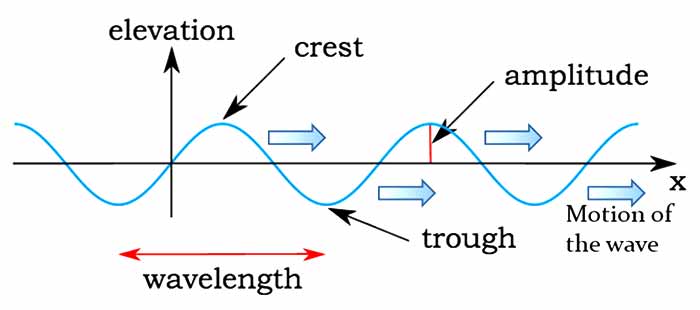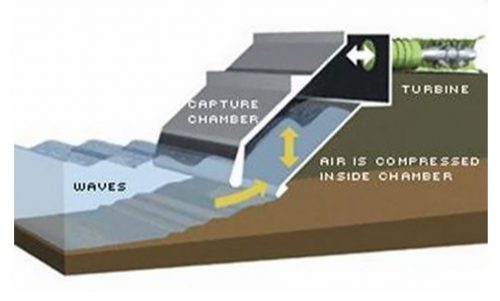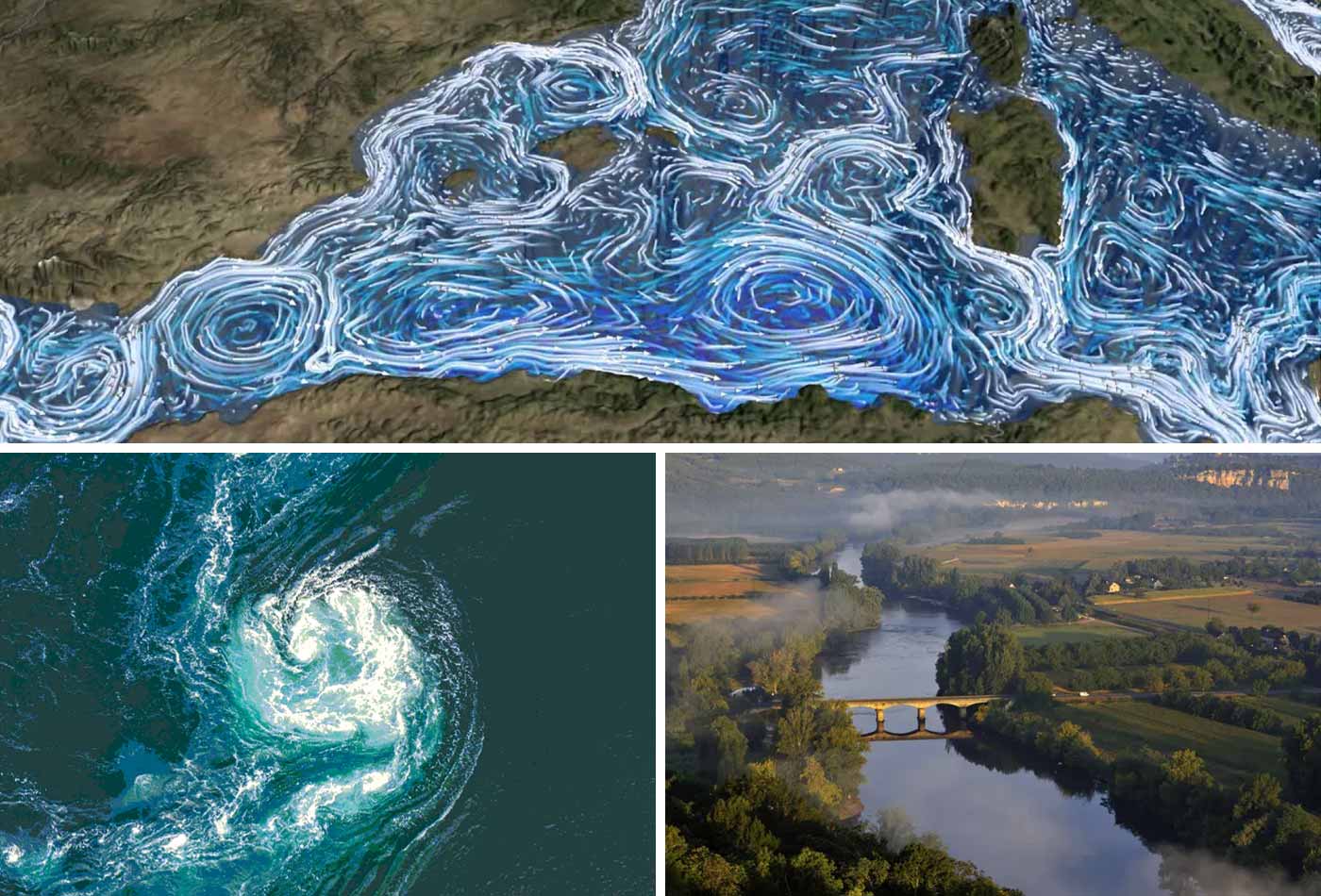Background
The ever-increasing demand for energy availability by the industry requires the production of more and more energy, with serious consequences for the Environment since it is mainly produced with fuels that consume atmospheric oxygen and release a large amount of carbon dioxide and pollutant dusts.

Energy from wave motion (OWC)
The sea constitutes an inexhaustible and largely unused reserve of renewable energy, with a potential electricity production estimated up to 90.000 TWh/y.
From now on up to 2030, it is expected that wave energy production will have a growth greater than all other renewable sources, with a potential market estimated in the order of 100 billion dollars.
Technologies aimed at the exploitation of wave motion have always been the subject of serious interest in the renewable sources scenario.
However – although the energy from wave motion is the one studied for the longest time and therefore the one that has seen the largest number of experiments, solutions and plant prototypes – it is not yet very widespread due to the specific complexities it presents.
Among the main technologies aimed at producing energy from wave motion, the one exploiting the principle of the Oscillating Water Column (OWC) is the subject of research and growing consideration both in Italy and in other countries.


Operation schematic of OWC technologies
OWC plants can be:
- Offshore (marine) → having the advantage of operating at high wave height values and therefore of being able to extract large amounts of energy;
- Onshore (terrestrial) → having the advantage of entailing low construction and power grid connection costs.
The Mediterranean Sea presents peculiar conditions, hence the need for further research and experimentation to be able to extract energy even from low waves.
Energy from river, sea and tidal currents
The electrical energy obtained from the exploitation of kinetic energy from river, sea and tidal currents has an extraordinary potential in the future scenario of electricity generation from renewable sources. Moreover – since river, sea and tidal currents are more predictable than wind and solar energy – they are certainly suitable for the use of devices for the production of energy.
River currents were the first renewable energy source to be used, since the times of the Greeks and Romans, who used the energy from the moving water to run the mills for grinding grain, up to modern hydroelectric technologies. However, much can still be done to increase energy yields.
All scientists agree that the sea will become the largest source of renewable energy in the world, not only thanks to the exploitation of its waves but also thanks to the exploitation of its currents.
Sea and tidal currents have immense potential for electricity generation: a 2006 report from United States Department of the Interior estimates that capturing just 0,1% of the available energy from the Gulf Stream would supply Florida with 35,0% of its electrical needs.


Wind energy
Unlike the energy coming from the combustion of fossil fuels, wind energy is renewable, abundant, widely distributed, clean; it produces no greenhouse gas emissions during operation, consumes no water and uses little land. The effects it produces on the Environment are far less deleterious than those produced by non-renewable energy sources.
Onshore wind is a cheaper source of electricity than coal or gas-fired power plants; offshore wind is steadier and stronger than on land and offshore farms have less visual impact, but their construction and maintenance costs are considerably higher.
Wind is a variable energy source, that is characterized by quite stable average annual values but also by significant variations over shorter time scales. Therefore, in order to obtain a more stable electrical supply, it is exploited in conjunction with other energy sources.
GIAR Energy S.r.l. Benefit Company
Innovative Start-Up; Business Register Special Section REA N. MC-275955
Tax Code and VAT Number 02064820430; S.C. € 50.000,00 fully paid-up
Registered office: Borgo Conce n. 29, 62027 San Severino Marche (MC)
Operational headquarters: Via Pomezia n. 8, 63074 San Benedetto del Tronto (AP)
